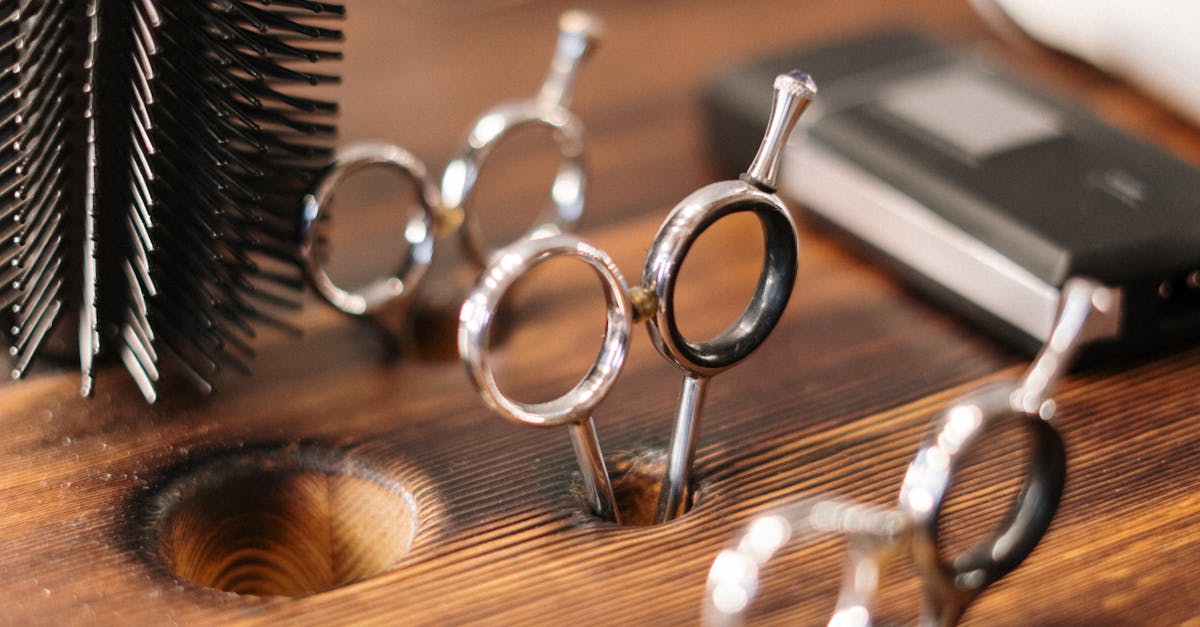Figurative sculpture is a captivating art form that has been celebrated throughout history for its ability to capture the human form, emotions, and stories in three-dimensional space. Whether working with wood, clay, or other materials, sculptors have the unique challenge of bringing life to inanimate matter. This article will explore eight powerful strategies for mastering figurative sculpture, with a particular emphasis on working with wood and clay, as well as delving into installation sculpture for added dimension.
1. Study Anatomy and Proportions:
One of the fundamental aspects of figurative sculpture is understanding human anatomy and proportions. By studying the skeletal structure, muscle groups, and body proportions, sculptors can create more accurate and lifelike figures. This knowledge is crucial whether working with wood, clay, or any other material, as it forms the foundation of a successful figurative sculpture.
2. Develop a Strong Concept:
Before diving into the sculpting process, it is essential to develop a clear concept or idea for your piece. Whether you are aiming to evoke a specific emotion, tell a story, or simply capture the beauty of the human form, having a strong concept will guide your creative decisions and give your sculpture depth and meaning.
3. Embrace the Imperfections of Wood:
Working with wood presents its own set of challenges and rewards. Embrace the natural grain, texture, and imperfections of the wood, as these characteristics can add a unique quality to your figurative sculpture. Experiment with different carving techniques to bring out the best features of the wood and create a piece that is both tactile and visually appealing.
4. Master the Art of Clay Modelling:
Clay is a versatile and forgiving medium that allows for greater flexibility in sculpting intricate details and expressive forms. Mastering the art of clay modelling involves understanding its properties, such as pliability, drying times, and firing temperatures. Experiment with different types of clay to find the one that best suits your artistic vision and workflow.
5. Explore Installation Sculpture:
Installation sculpture offers a dynamic and immersive way to engage viewers with your figurative sculptures. By incorporating elements of space, lighting, sound, and other sensory experiences, installation sculpture can transform a static sculpture into a multi-dimensional art piece. Consider how the environment and context of your sculpture can enhance its impact and storytelling capabilities.
6. Experiment with Mixed Media:
Push the boundaries of traditional figurative sculpture by exploring mixed media techniques. Combine wood and clay with other materials such as metal, glass, fabric, or found objects to create visually striking and thought-provoking sculptures. The juxtaposition of different materials can add layers of meaning and complexity to your work, inviting viewers to engage with it on multiple levels.
7. Seek Inspiration from Nature and Culture:
Draw inspiration from the world around you, whether it be the natural forms and textures found in landscapes, plants, and animals, or the rich cultural heritage of various traditions and artistic styles. Incorporating elements of nature and culture into your figurative sculptures can infuse them with a deeper sense of connection and resonance with viewers.
8. Practice Patience and Persistence:
Sculpting figurative works in wood and clay requires patience, precision, and perseverance. Rome wasn’t built in a day, and neither are masterful sculptures. Allow yourself the time and space to refine your skills, learn from your mistakes, and grow as an artist. Embrace the process of sculpting as a journey of discovery and self-expression, knowing that each piece you create is a stepping stone towards mastery.
Conclusion:
Mastering figurative sculpture is a rewarding and challenging pursuit that can lead to the creation of stunning works of art. By incorporating these eight powerful strategies into your practice, you can develop your skills, expand your creative horizons, and bring your artistic vision to life in wood, clay, and beyond. Embrace the art of sculpting information and let your figurative sculptures speak volumes to viewers, inviting them to see the world through your eyes.


